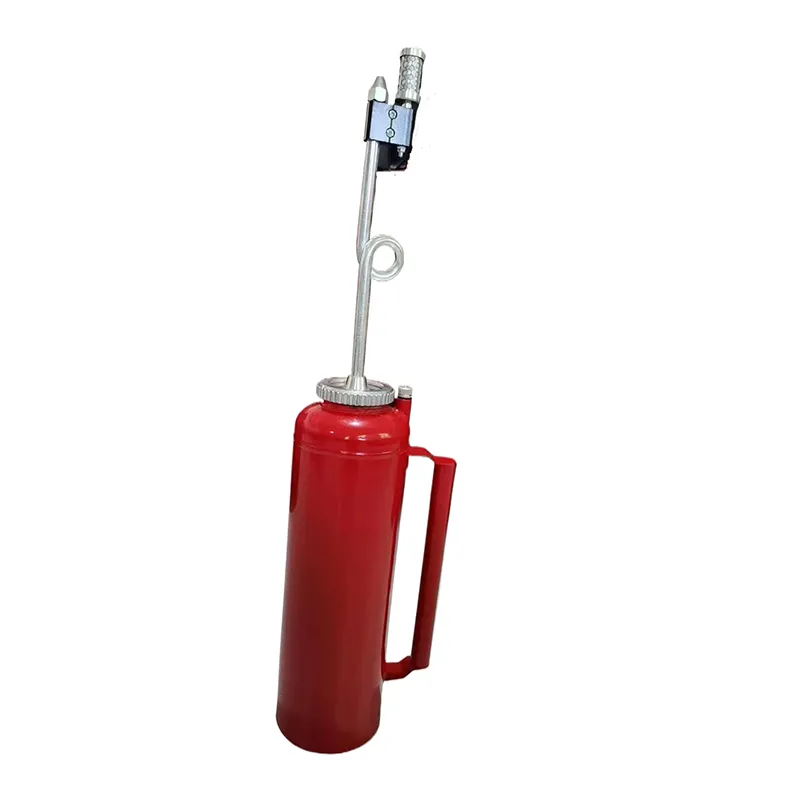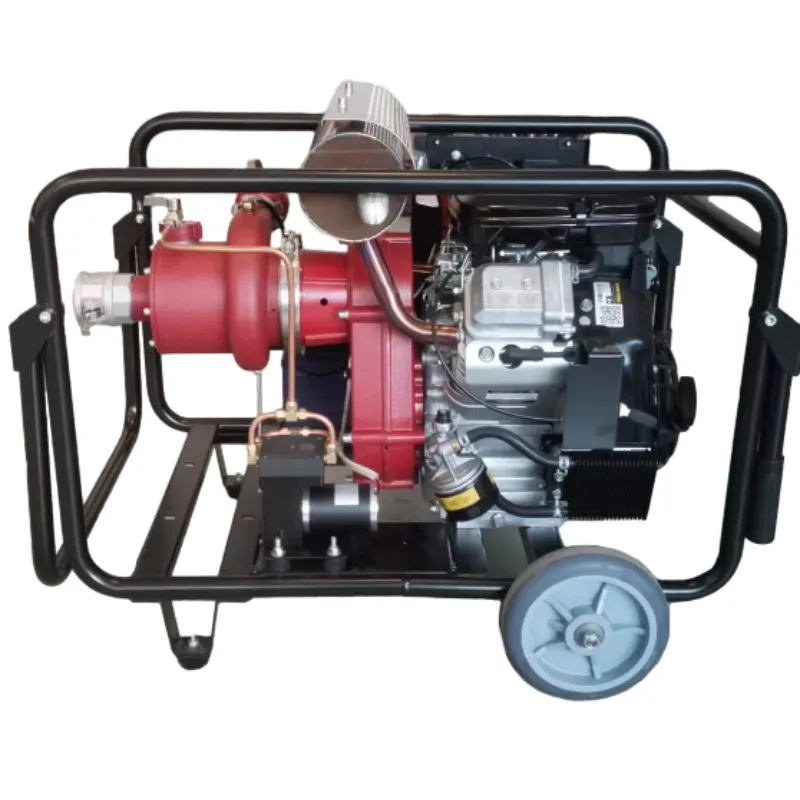

The authority in fire safety standards, the National Fire Protection Association (NFPA), outlines comprehensive guidelines for the installation and maintenance of these systems. Adherence to these standards not only enhances the efficiency of fire pump transmissions but also anchors the system’s reliability and performance during a fire emergency. Building owners and safety managers are encouraged to familiarize themselves with the NFPA 20 standard, which provides detailed protocols on fire pump installation, ensuring optimal design, installation, and operation of fire pump systems. Furthermore, emerging technology and innovations are increasingly integrated into fire pump transmissions, offering enhanced performance metrics and remote monitoring capabilities. Cutting-edge solutions now include advanced diagnostics that help preemptively address potential issues, and internet-connected systems that allow for real-time monitoring and adjustments. These technological advancements aim to elevate the trustworthiness of fire pump systems by minimizing the risk of failure during critical times. Purchasing decisions should be informed by both the credentials of the supplier and the specific needs of the installation environment. High-quality fire pump transmissions come from manufacturers with a proven track record and certifications that align with international quality standards. Building and safety administrators are urged to partner with credible suppliers that offer comprehensive support, including installation guidance and post-purchase maintenance services. Effective fire pump transmission systems are the bedrock of functional and reliable fire safety frameworks in any facility. By aligning with recognized standards, engaging experienced professionals for installation and maintenance, and adopting cutting-edge technologies, stakeholders can significantly enhance the reliability of their fire suppression systems. The protection of lives and property hinges on the robustness of these systems, underscoring the need for thorough due diligence in every aspect of the selection, installation, and maintenance process.





























